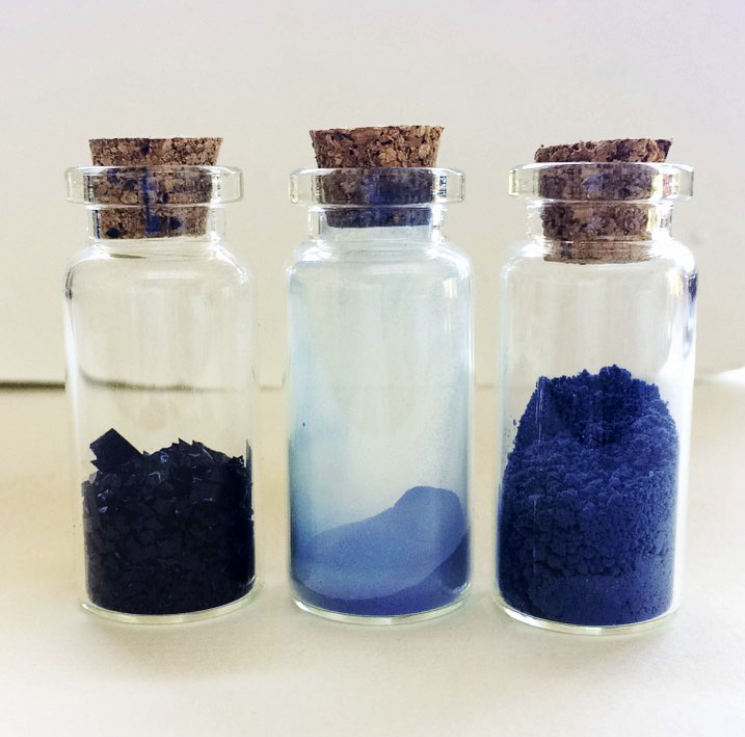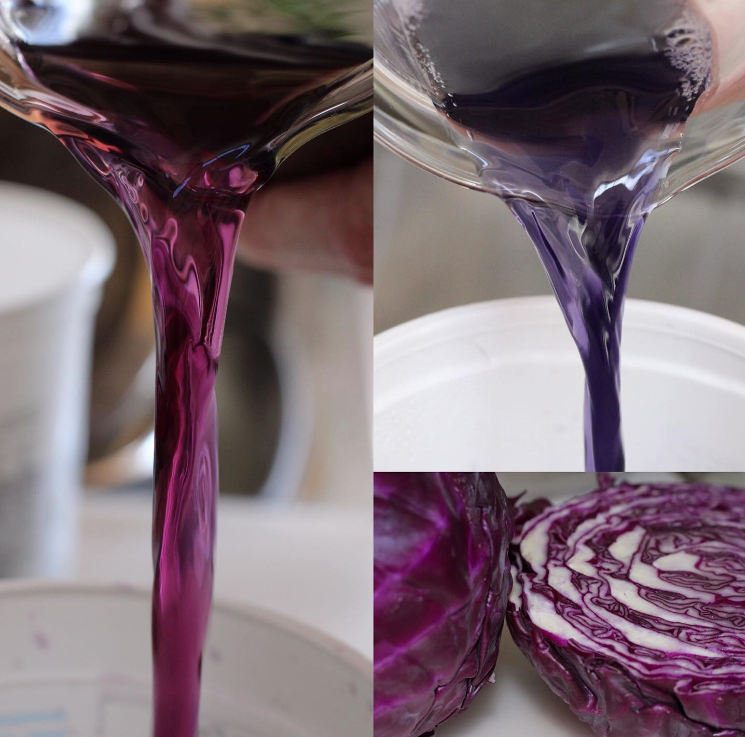Meet Teaching Artist Eva-Maria Spampinato
Eva-Maria Spampinato is an interdisciplinary artist, researcher and historian investigating art and design through the modes of craft, alchemy and the natural world. We spoke with Eva-Maria about her creative practice and the upcoming class Artechnē: Art & Technology of Paints she will be teaching at Richmond Art Center.
Please introduce yourself. Where are you from and what is your background?
My name is Eva-Maria Spampinato and I am an artist, researcher and historian. So I actually call myself the Historical Artist. I grew up in Albany. I’m a first generation American, my mother is from Sweden and my father is from Argentina. These two strong cultures have fueled my craving for art, since I was a little girl, with the desire to connect with my heritage through travel and study.
Tell us about these studies.
I received an art history degree from UC Santa Cruz, and studied at The Florence Academy of Art in Gothenburg, Sweden. To blend my academic training with my art practice I then did my graduate studies at the Royal College of Art in London, in the History of Design program in a collaboration with the Victoria & Albert Museum. In this course, I specialized in historical artisanal epistemology. In other words, alchemy, art and materials.
Really, two decades of studying, traveling and life experiences represents how much I really wanted a traditional craft apprenticeship that didn’t exist when I was a little. So I pieced together different programs and made my own way.

Can you please talk a little bit more about what artisanal epistemology is?
It’s how a craftsperson learns through empirical values. They use observation and experience simultaneously, rather than theory, to develop a creative practice. This is what I teach my students; how they can use exploration and curiosity to learn their craft and open new pathways for creative outlets.
So this is what you’ll be teaching in the class Artechnē: Art & Technology of Paints?
Yes, it’s about making paint through very hands-on and practical alchemy. I will not approach the class in a scientific way. I’m going to introduce experiences in order to open up one’s intuitive sensory knowledge. This is the traditional way, before the modern period.
In Artechnē (pronounced art-TECH-nay), students will start with a sourced material – like ochre from Oakland Hills, botanicals and even insects – to learn how color is extracted to create pigments. I will show how to engage with the tools. There’s going to be a lot of grinding, sieving, mulling, precipitation, washing, drying and more grinding! Then we’ll use different binders to create watercolor, egg tempera and pastels. Lastly, students will test the paint on different surfaces.

The emphasis of the class is on the craft: to learn how to listen to the materials as they are ground, to smell them, to sense their resistance and response. I will also include historical information alongside the hands-on learning, so students can appreciate the historical context for this craft.
Who is your class for? Do students need any art experience?
Artechnē is for anyone who is open to trying something new. No experience is necessary. It is especially great for people who want to learn to be comfortable with non-scientific processes or want to shift their perspective on materials and objects.
Artechnē is about opening our senses to new ways of thinking. I want to empower my students with curiosity so they can investigate anything and connect to nature’s offerings. So they can be comfortable finding their own processes. These lessons can be applied to many parts of our life. It’s playful!

Eva-Maria Spampinato’s website is thehistoricalartist.com. She is also on Instagram @historicalartist.
Artechnē: Art & Technology of Paints runs on Thursdays 1pm to 3pm from October 27 through to November 17 at Richmond Art Center. CLICK HERE for more information and to register.
Top image: Eva-Maria Spampinato making cobalt frit glass for her MA dissertation. Photo by @celiadowson_ceramics

